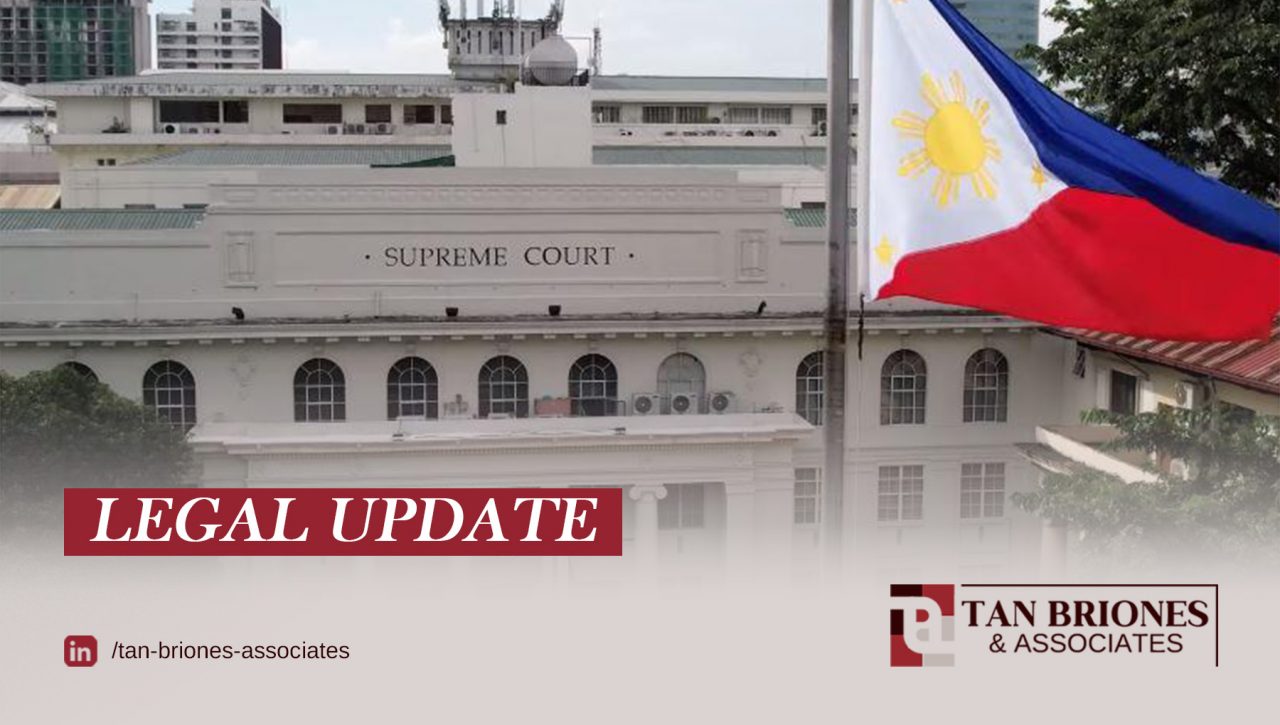
The Supreme Court (SC) has clarified the proper legal actions available to recover land, underscoring the distinctions among ejectment, claim for possesion, and claim for ownership, and when each remedy applies.
In a decision penned by Associate Justice Ricardo R. Rosario, the Court En Banc denied the petition of spouses Noel and Leny Agullo and affirmed with modification a Court of Appeals (CA) ruling that reinstated Lea Victa Espinosa’s complaint for recovery of possession.
The Court ruled that an action for recovery of possession, or accion publiciana, may be filed not only when dispossession has lasted for more than one year but also when it has lasted for one year or less, so long as the case does not involve forcible entry or unlawful detainer under Rule 70 of the Rules of Court.
“An accion publiciana may be brought when the dispossession has lasted for more than one year in any case, or when the dispossession has lasted for one year or less in cases other than those mentioned in Rule 70 of the Rules of Court,” the Court explained.
FACTS AND ISSUE
The dispute began when Espinosa, after purchasing land in Daet, Camarines Norte, discovered that the Agullos had encroached on part of her property. When they refused to vacate despite demands, she filed a complaint for recovery of possession before the Regional Trial Court (RTC).
The RTC dismissed the case motu proprio as premature, saying Espinosa still had the option to file a forcible entry case, which is available within one year of dispossession. Espinosa’s motion for reconsideration was denied.
On appeal, the Court of Appeals reversed the RTC, characterizing the complaint as accion reivindicatoria because Espinosa sought possession as an incident of ownership. The Agullos elevated the case to the Supreme Court, insisting that the complaint was prematurely filed.
The issue before the High Court was whether Espinosa’s complaint constituted accion publiciana or accion reivindicatoria, and whether the RTC was correct in dismissing it outright.
RULING
The Supreme Court denied the petition and clarified the distinctions among the three remedies for land recovery:
- Ejectment (forcible entry or unlawful detainer): summary action to recover physical possession, filed within one year from dispossession if it was caused by force, intimidation, threat, strategy, or stealth.
- Accion publiciana: plenary action to recover the better right of possession (possession de jure), generally filed after one year of dispossession, but it may also be filed earlier if the case does not fall under Rule 70.
- Accion reivindicatoria: action to recover ownership and possession as an attribute of ownership, filed when ownership itself is placed in issue.
The Court ruled that Espinosa’s case was an accion publiciana, since her complaint sought recovery of possession only and did not pray for ownership or annulment of title.
It also faulted the RTC for dismissing the case motu proprio, stressing that prematurity is not a valid ground for automatic dismissal under Rule 9, Section 1 of the Rules of Court.
“Without any allegation in the complaint that the defendant disputes plaintiff’s ownership, as in this case, there is no ownership for the court to conclusively determine,” the decision stated.
Furthermore, the RTC was ordered to proceed with trial and resolve the case on the merits “with reasonable dispatch.”
Follow Tan Briones & Associates on LinkedIn for more legal updates and law-related articles.

